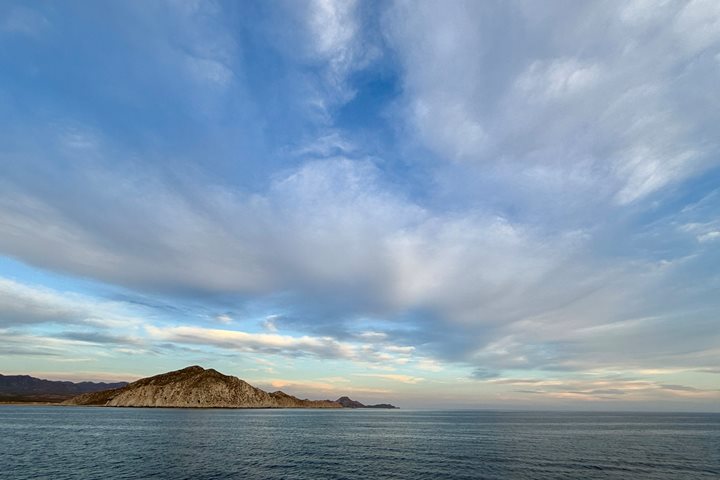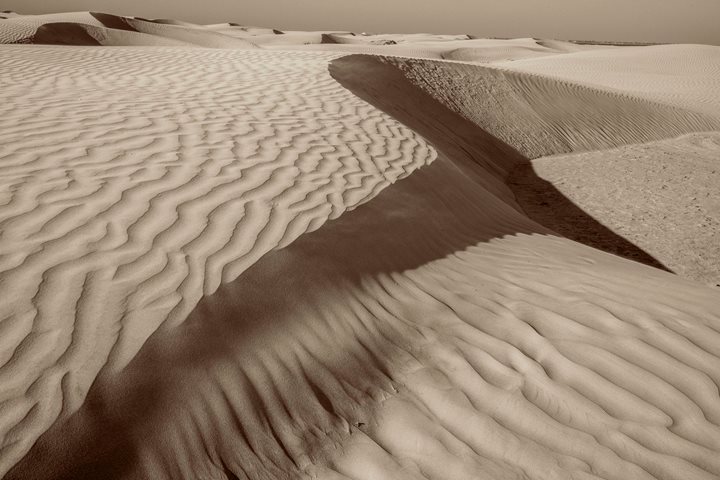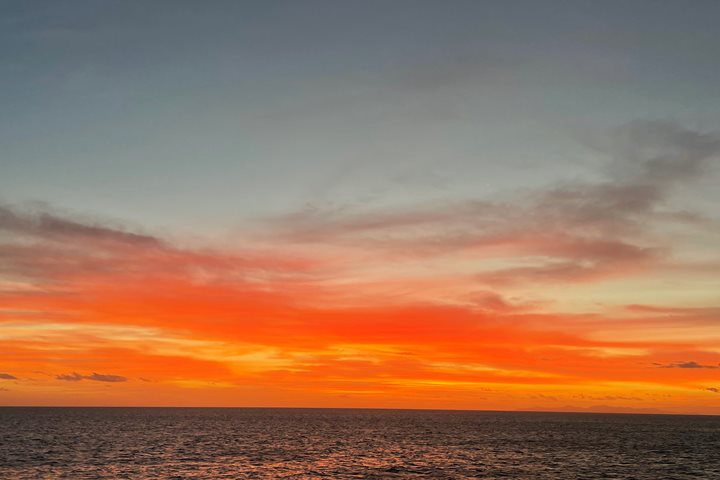Our trip has so far has continued to experience what those familiar to the region describe as “cloud failure.” The sun chased away any misty remnants as we forged ever northwards through sparkling polished waters. Wildlife cautiously emerged all around us from eagles that soared above, murres dove under, porpoise swam along beside, and a lone juvenile humpback popped up for a brief pre-lunch visit. By afternoon, any semblance of a cloud had been chased away and the only white left to contrast the brilliant blue sky was the snow-covered crowns of the taller mountaintops where we dropped anchor in Green Inlet. Utilizing our small fleet of inflatable boats, all aboard were able to realize the full explorative potential an expedition vessel has at its disposal as they clambered aboard and zoomed around for an even closer look at the natural world that has been passing by.
However, the real adventure to be had lay not on the surface but beneath it and was ripe for the having for anyone willing, certified and lucky enough to have it as their job! The National Geographic Sea Bird’s undersea specialist team happily donned layers and piled on equipment, before plunging into the less than warm Canadian waters and into the world of wonder below. An assemblage of life covered every hard surface, including an ancient fallen cedar, putting forth a show of astounding diversity. Sea stars, tunicates, crinoids, sea cucumbers, hydroids, and even an exquisite Three Lined nudibranch were carefully documented and then shown just an hour later at Recap to all those who have what could be argued as good sense to stay warm and dry in the sunlight.









